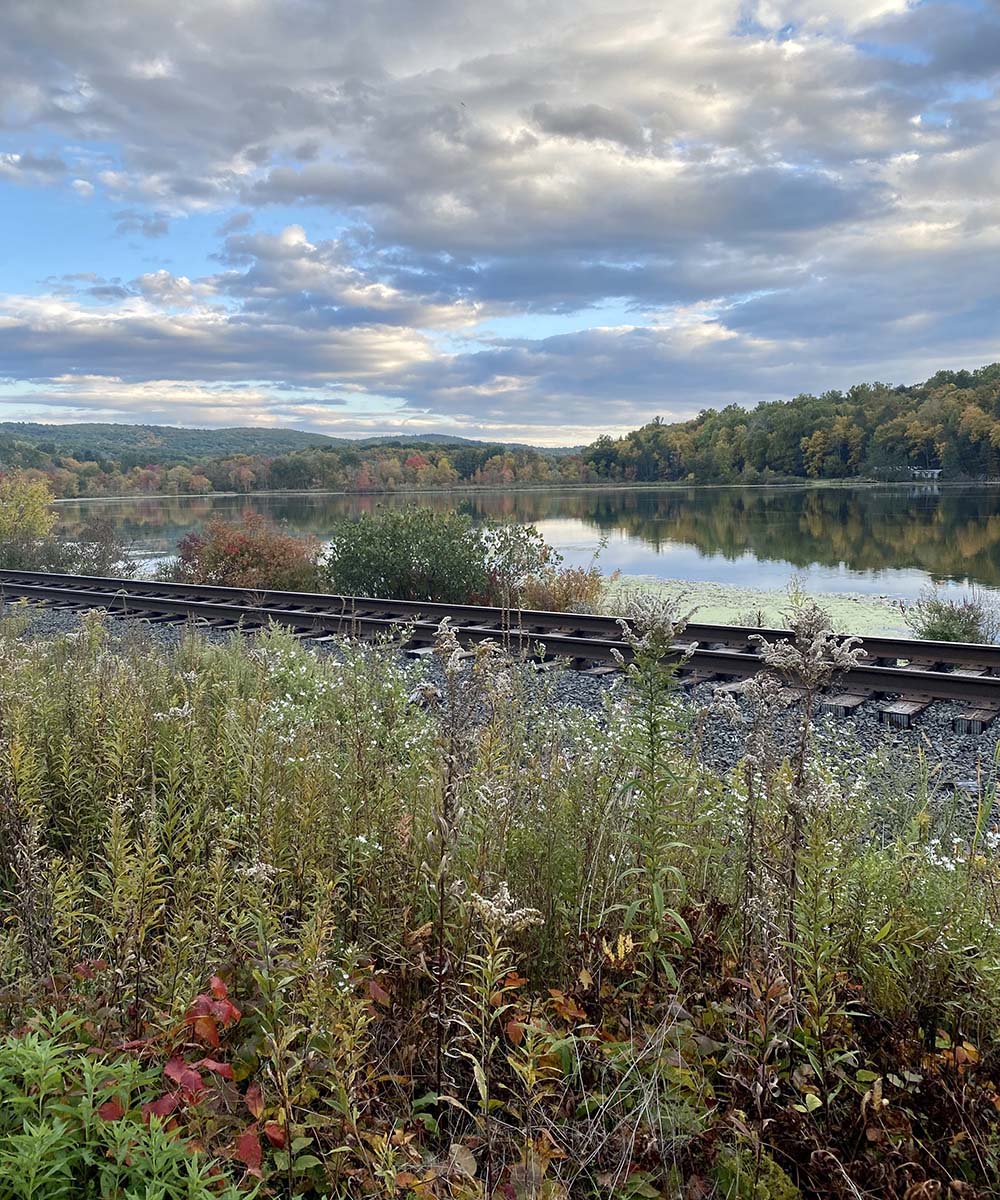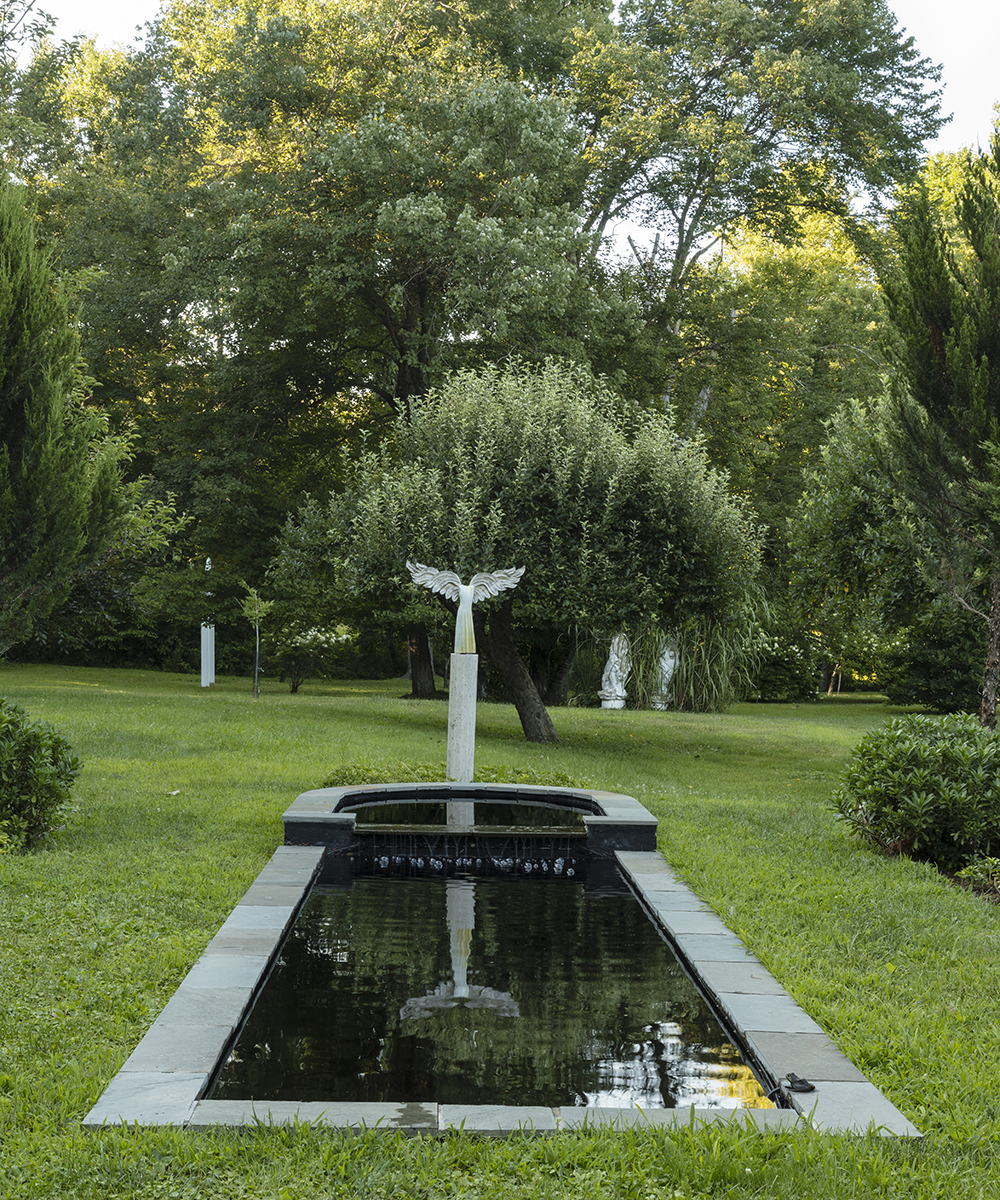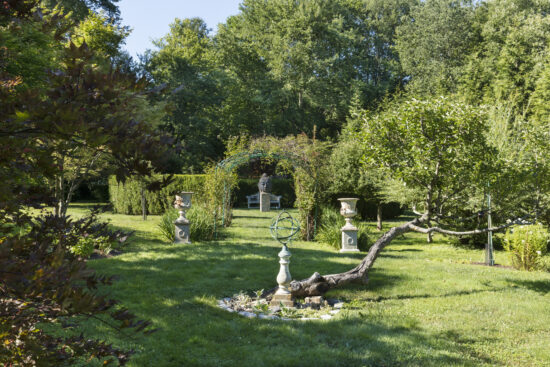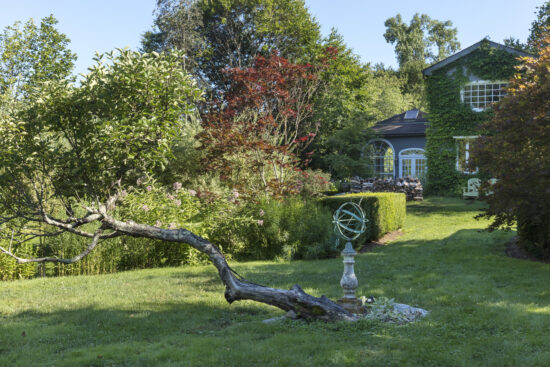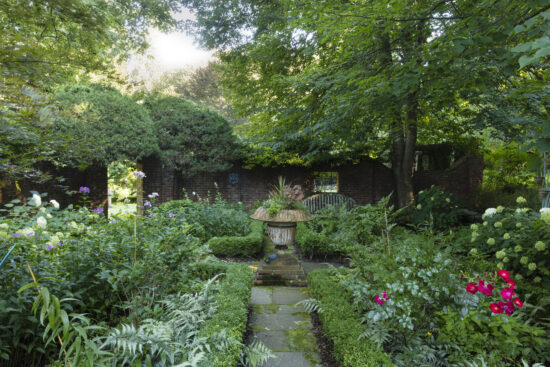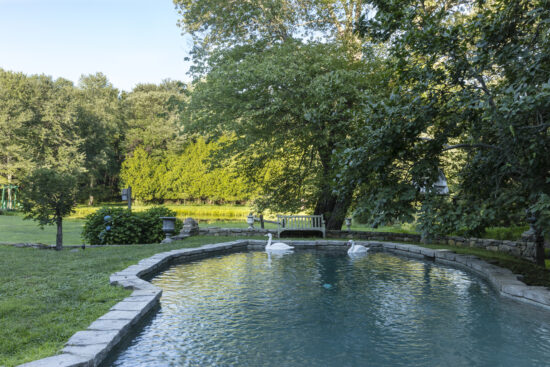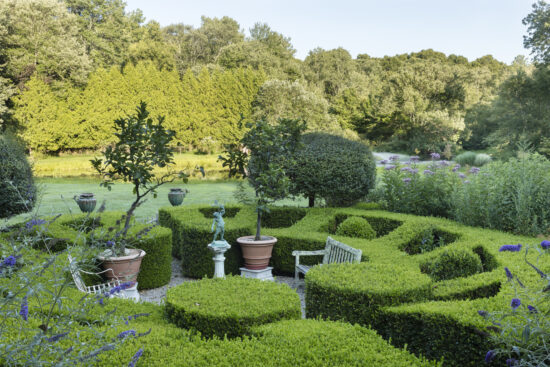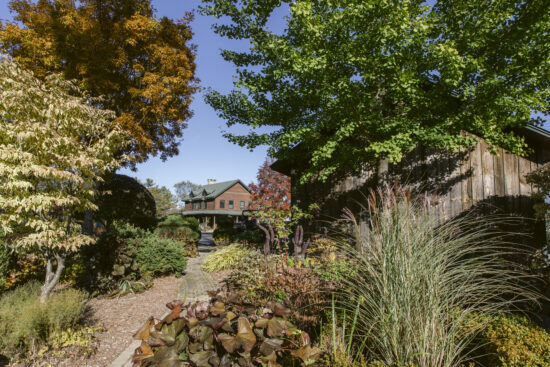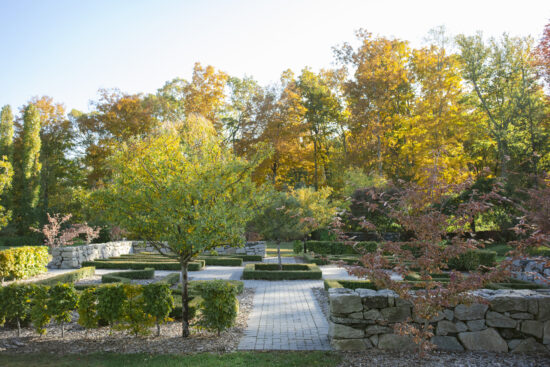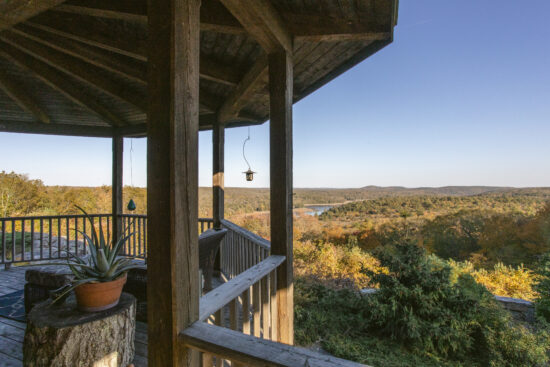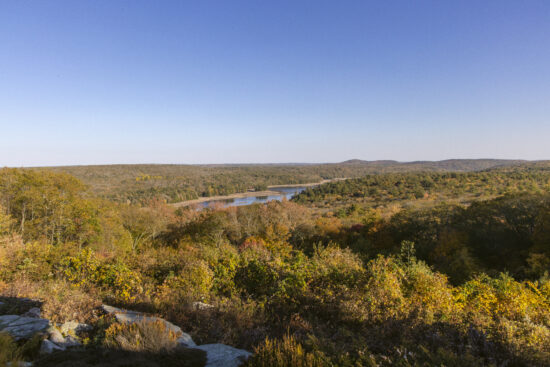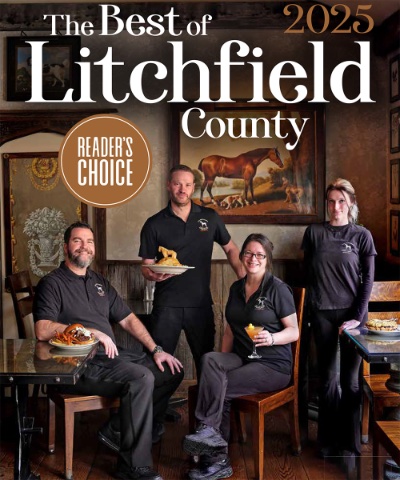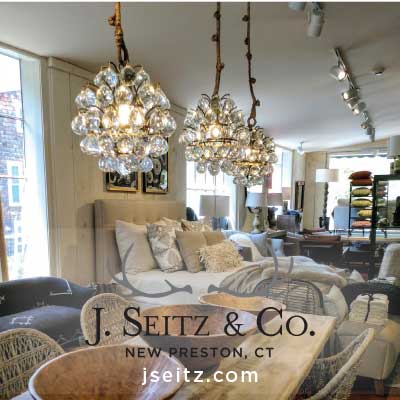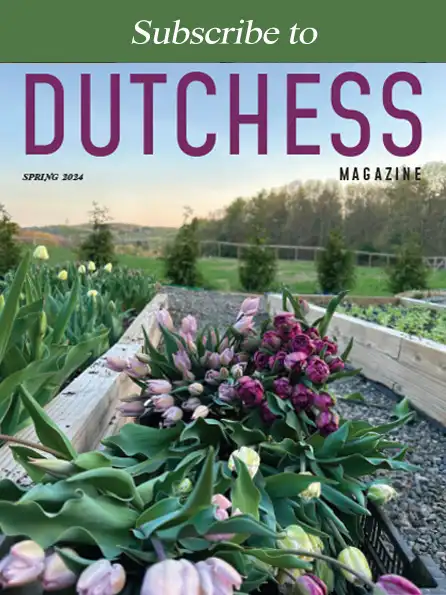By Wendy Carlson
“Hi Ho Silver!” The Lone Ranger, the iconic hero of the Old West, comes to life in Litchfield thanks to Al Singer who has turned his massive collection of cowboy memorabilia into a museum.

As a kid growing up in the East Bronx, Singer was obsessed with cowboys. When he was just a toddler his parents plopped him on a saddle and he soon imagined himself growing up a Bronx cowboy. Instead, he built a successful career in the insurance business in New Jersey and later purchased a second home, a 40-acre farm in Litchfield, where he and his family rode Arabian horses.
Now 87, Singer bid farewell to his days in the saddle. But the cowboy collection he started as a child with a scrapbook of comic book pages, photos, and cards now fills 19-rooms of Al’s Wild West Museum, which is open to the public year round by appointment.
Singer wants to preserve the memories of the Old West, and its cowboys, both real and fictional. Folk heroes Wild Bill Hickok, Kit Carson, and Buffalo Bill and movie characters Lone Ranger and Roy Rogers who turned the wild west into a popular form of entertainment are among those featured in the exhibit.
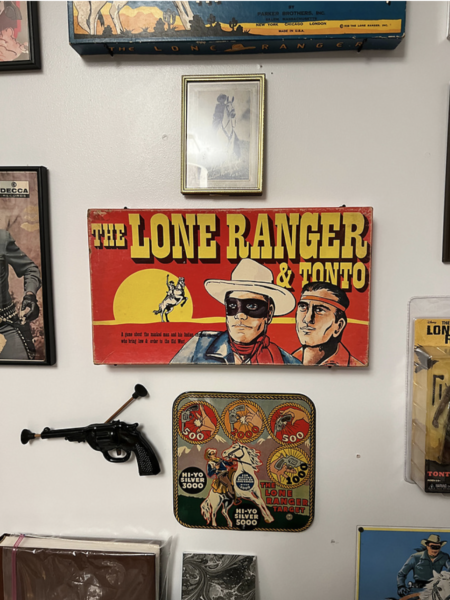
The museum is housed in the former horse stables and a caretaker’s cottage, where visitors are first met by life-size cardboard cutouts of Dale Evans and Roy Rogers. When they swing through the saloon doors into each room, they are surrounded by an incalculable number of artifacts; even the walls and ceilings of cottage’s two bathrooms are decorated with artwork of cowboy legends.
The collection includes comic books, movie stills, belt buckles, stamps, coffee mugs, puzzles, board games, lunchboxes, books, hats, videos, T-shirts, movie stills, pocket knives, bronze statues, the list goes on and on. And, since the word spread about his museum, other like-minded aficionados have offered to donate their collections.
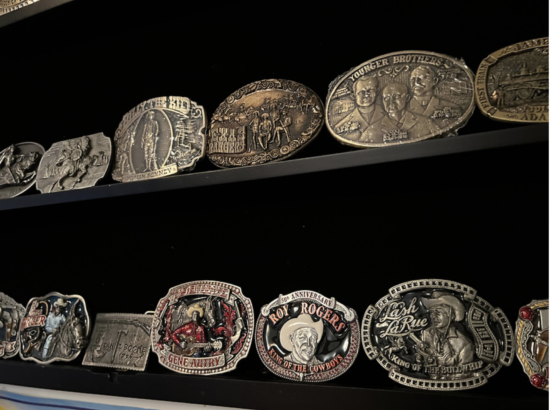
From the cottage, the museum continues in the former stables, where the “William Tell Overture,” the theme song for The Lone Ranger, plays on a loop with other Old West tunes. Each of the horse stalls features a different exhibit; one is entirely given over to the Lone Ranger, one of Singer’s favorites.
When he lived in New Jersey, Singer dressed up as Roy Rogers, complete with replica gun and holster, and rode a white stallion to his 65th birthday party.
“When I was driving home from the party, I got pulled over by the cops for speeding. I jumped out with both hands in the air because I didn’t want them to get the idea I was carrying live weapons. When I explained, they had a good laugh and let me go, no ticket.”
Since the museum opened, Singer enjoys regaling visitors with stories of the connections he has made through his collecting passion, including billionaire Bill Koch.
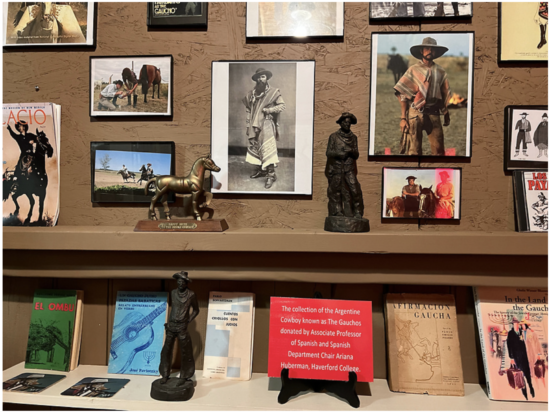
While watching a television interview with Koch, Singer noticed that Koch was in a room full of Western artifacts. “So I called his office to tell him about my museum, and less than an hour later he called me back and invited me to his home in Palm Beach,” Singer said. Koch has an entire wing in his house filled with his private collection, which includes a 130-year-old photo of Billy the Kid he purchased at auction for $2.3 million.
The museum also includes the history behind the cowboy heroes. The Lone Ranger is said to have been inspired by a black cowboy, which is not unusual considering the population of cowboys in the Old West was at least 25 percent black, according to the Smithsonian Institution. His museum also includes material on famous Native Americans, including Sitting Bull and Crazy Horse.
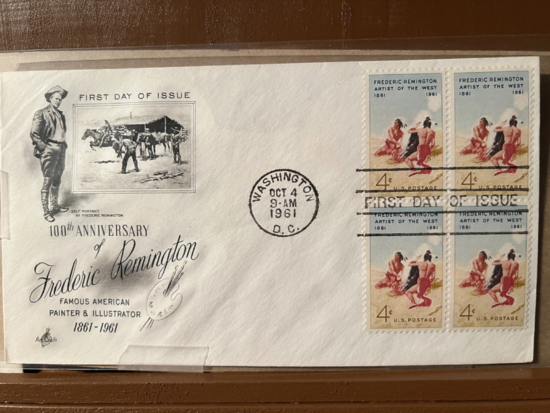
Singer says visitors to his museum are often older folks who played cowboys as kids and watched Westerns. But he hopes the Broadway musical “Happy Trails” inspired by the life and music of Roy Rogers that is currently being produced by the Academy and Tony award-winning screenwriter and playwright Marshall Brickman will spur an interest in younger generations. He has made a small investment in the production, which means his name will be in the playbook. Just maybe, he laughs, he’ll be in the front row opening night.
Phone 201-888-9353 to make an appointment to visit the museum.
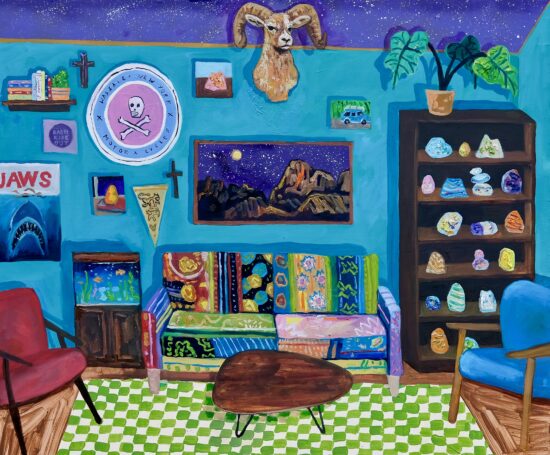






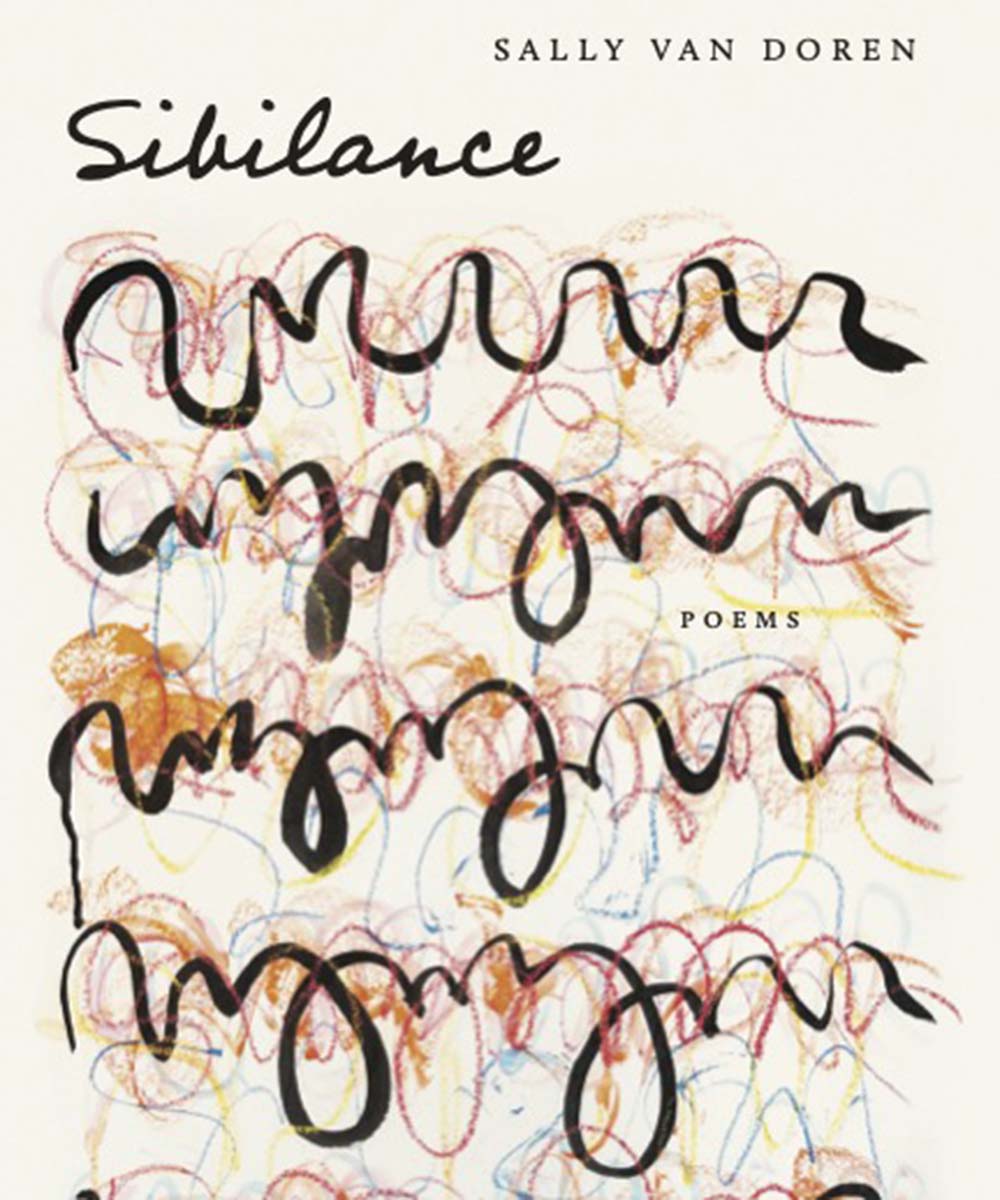

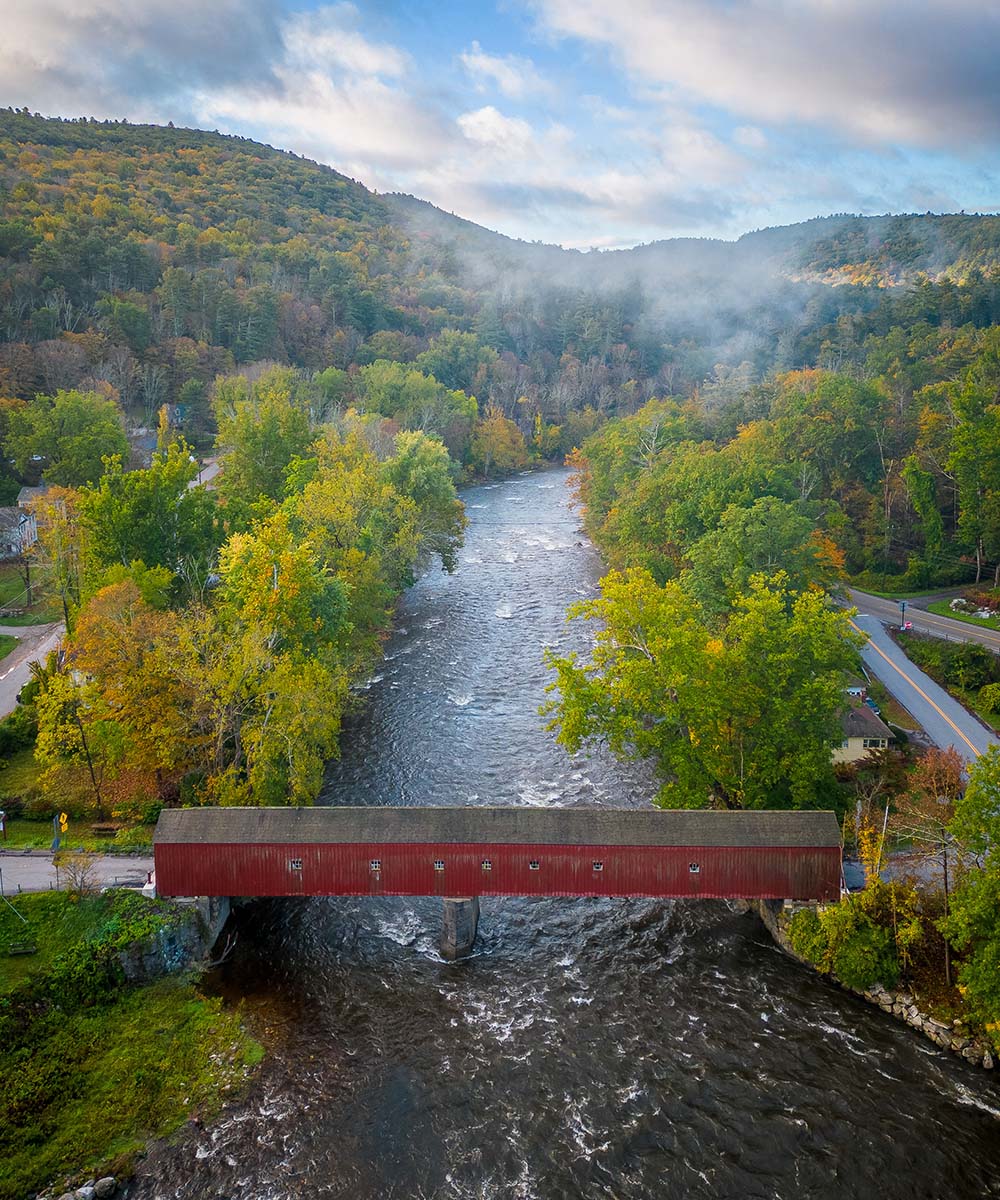
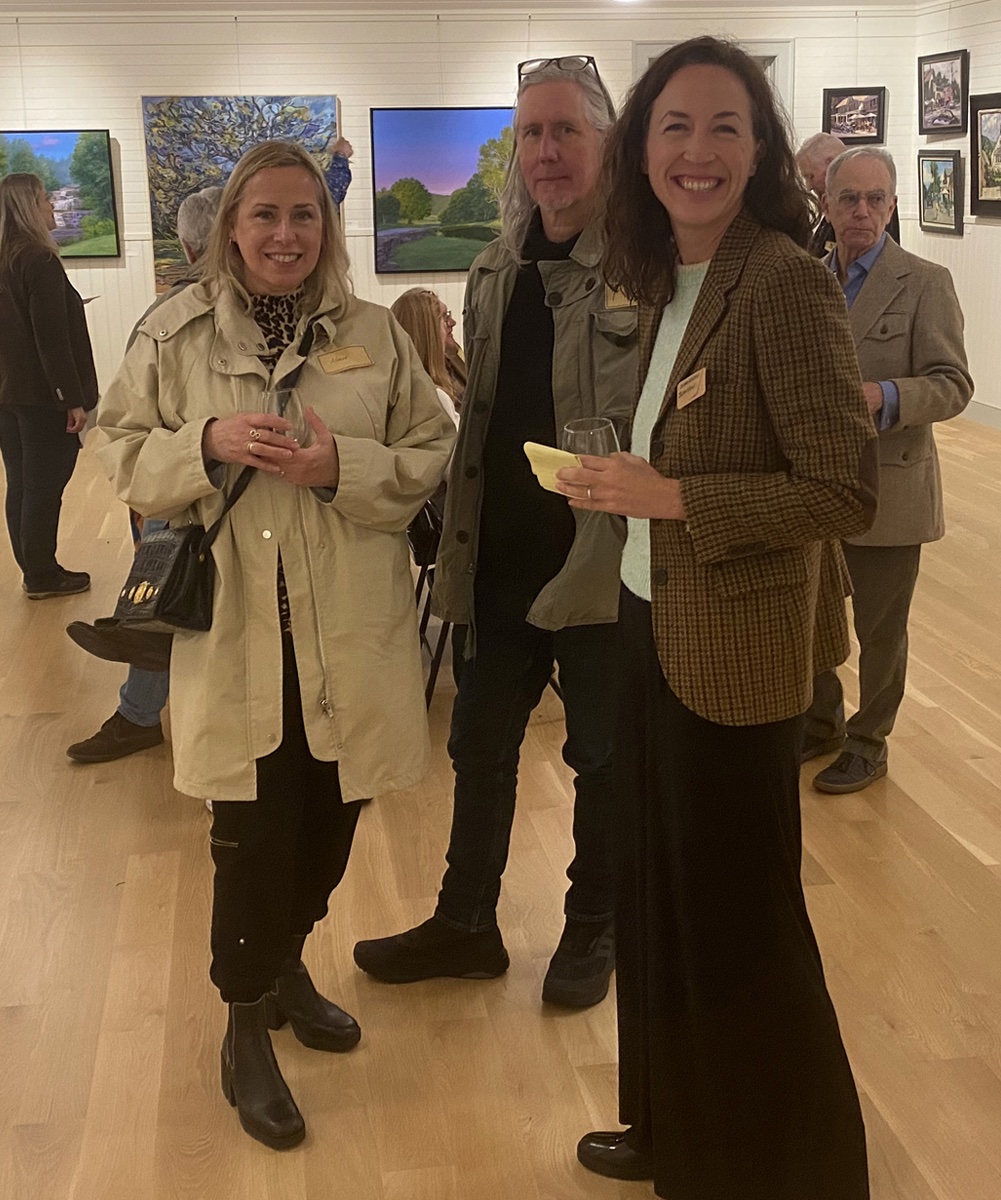
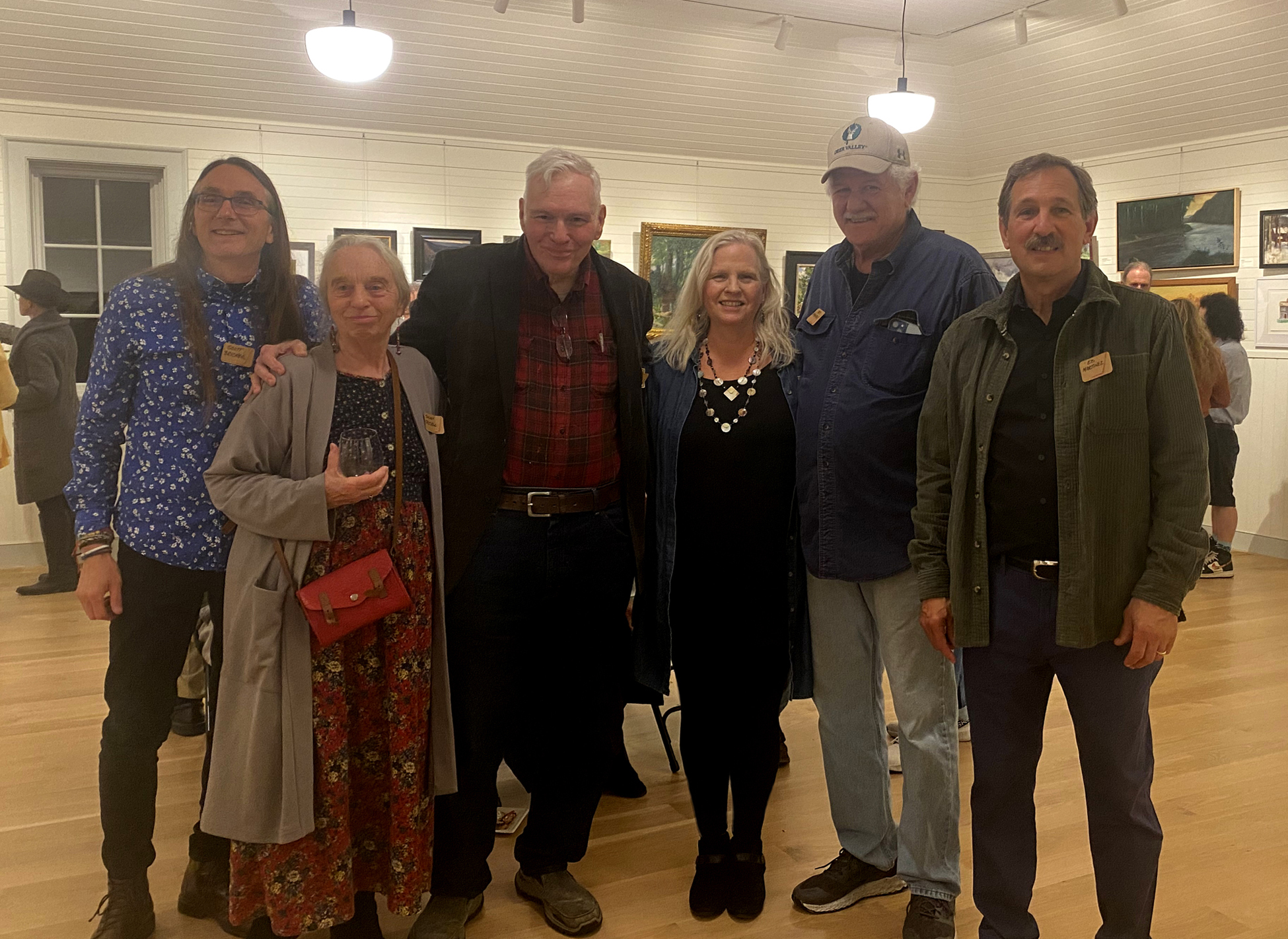 By the 20th century, well over 250 artists chose the Litchfield Hills to be their home, many of them in Kent. They “had national reputations and are still well known, but the knowledge that they had painted [here] had been lost.” (Artists of the Litchfield Hills, by Robert Michael Austin). The quality of their work was and is impressionable, some of the best in the country.
By the 20th century, well over 250 artists chose the Litchfield Hills to be their home, many of them in Kent. They “had national reputations and are still well known, but the knowledge that they had painted [here] had been lost.” (Artists of the Litchfield Hills, by Robert Michael Austin). The quality of their work was and is impressionable, some of the best in the country.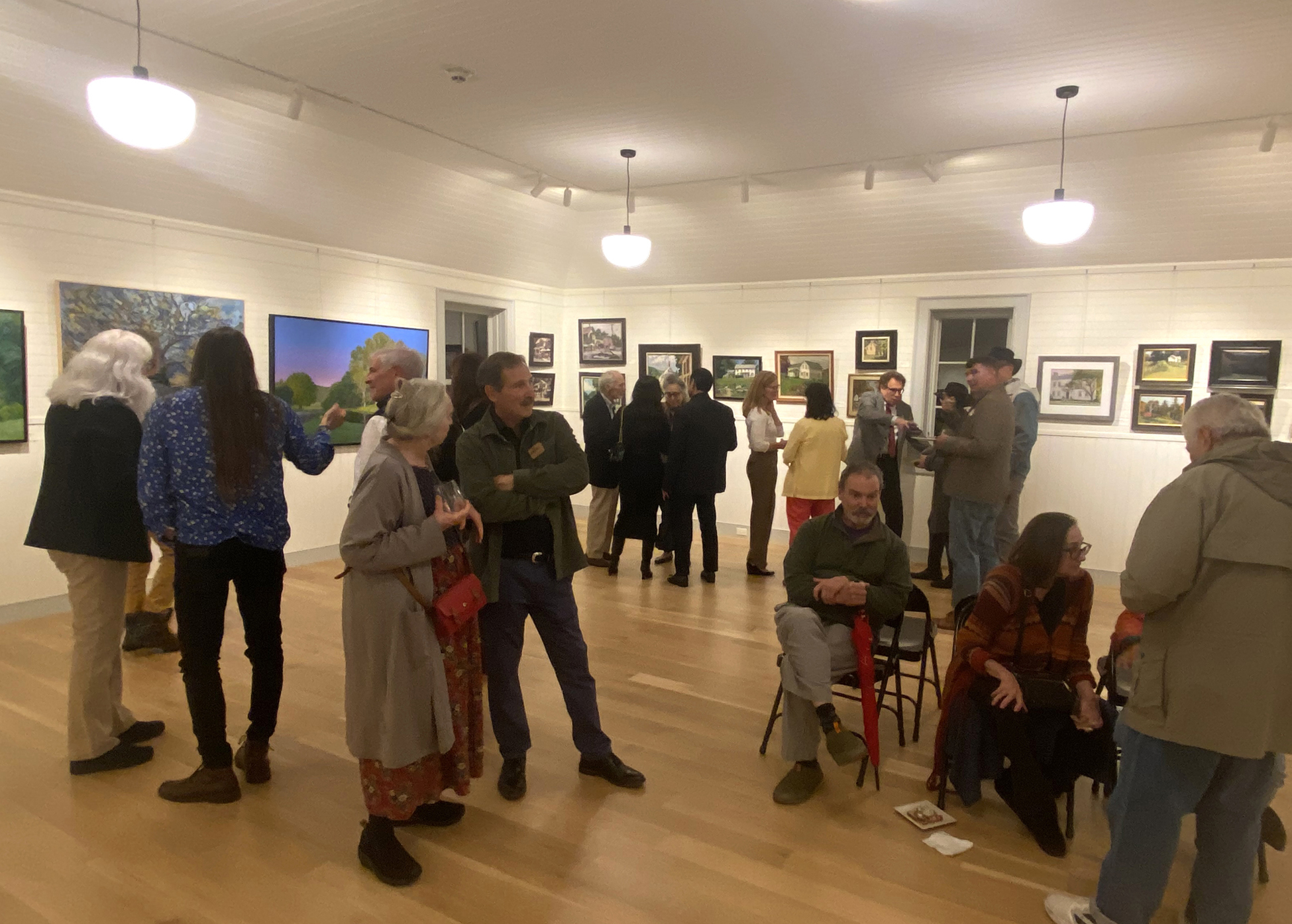 The Kent Historical Society is proud to bring their collective history forward with the latest exhibit, PLACES OF KENT, a unique opportunity to celebrate this moment in time when there is a renaissance of the plein air art movement. A festive benefit opening was held on October 7, 6-8pm. at The Gallery above the House of Books, with 100+ in attendance. More than 50 works, some historic, as well as many contemporary pieces created by today’s Kent artists are on display. New works are available for purchase, with 40% of the proceeds to benefit the various functions of the Kent Historical Society.
The Kent Historical Society is proud to bring their collective history forward with the latest exhibit, PLACES OF KENT, a unique opportunity to celebrate this moment in time when there is a renaissance of the plein air art movement. A festive benefit opening was held on October 7, 6-8pm. at The Gallery above the House of Books, with 100+ in attendance. More than 50 works, some historic, as well as many contemporary pieces created by today’s Kent artists are on display. New works are available for purchase, with 40% of the proceeds to benefit the various functions of the Kent Historical Society.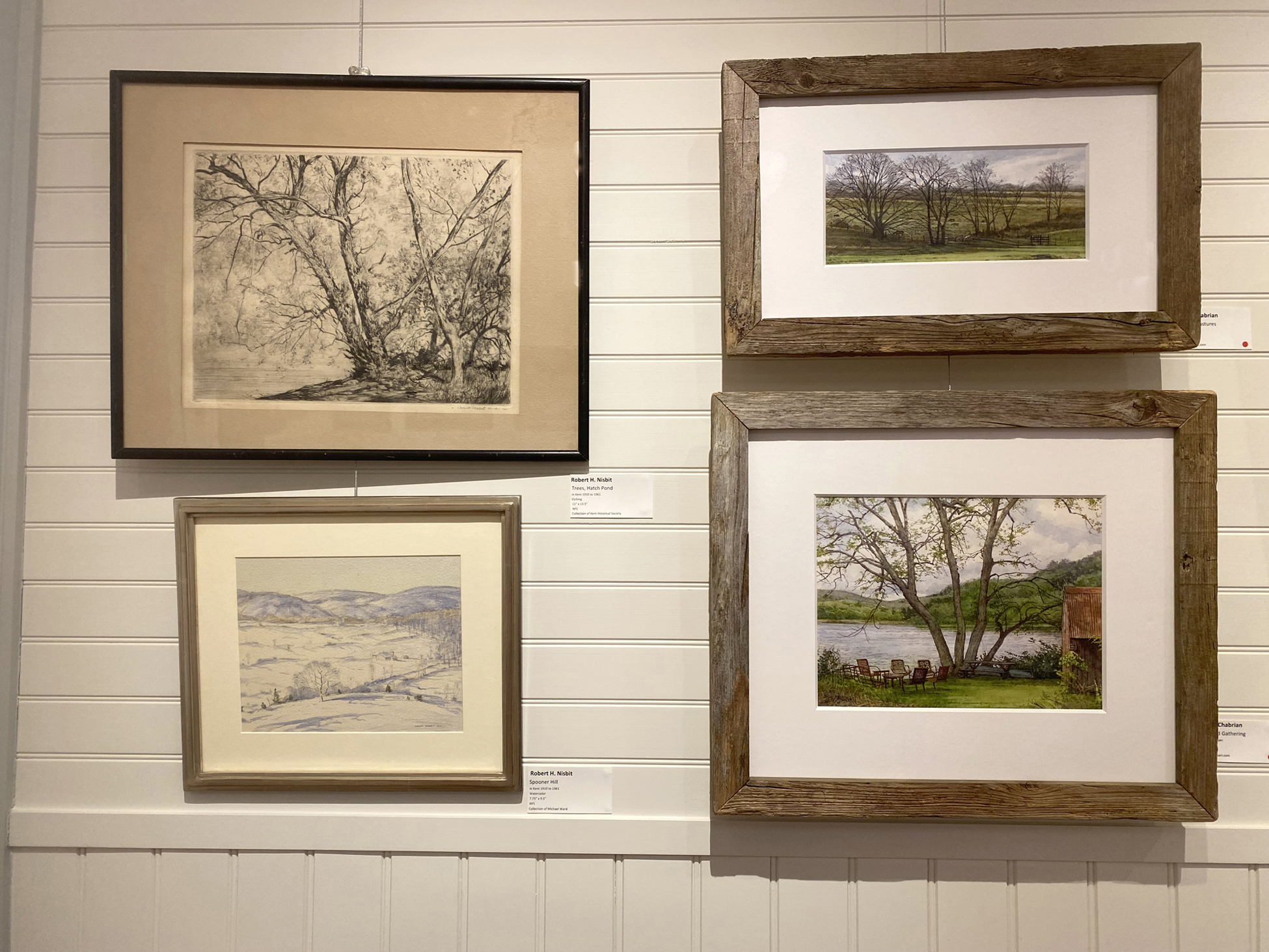 Contemporary artists include Susan Grisell, Scott Bricher, Chris Magadini, Edward Martinez, Deborah Chabrian, Jim Laurino, James Napoleon, Heather Scofield, Bob Lenz, Mill Merklein, Thomas Adkins, Shannon Blanton and Richard Stalter. Historic works by George Laurence Nelson, Carl Hirschberg, Robert H. Nisbet, Spencer Nichols, Richard Schmid, and more are also included in the exhibition. Open to the public weekends October 8 – 29, 2023, Fridays 4pm -7pm, Saturdays 1pm – 6pm, Sundays 12pm -4pm through October 29.
Contemporary artists include Susan Grisell, Scott Bricher, Chris Magadini, Edward Martinez, Deborah Chabrian, Jim Laurino, James Napoleon, Heather Scofield, Bob Lenz, Mill Merklein, Thomas Adkins, Shannon Blanton and Richard Stalter. Historic works by George Laurence Nelson, Carl Hirschberg, Robert H. Nisbet, Spencer Nichols, Richard Schmid, and more are also included in the exhibition. Open to the public weekends October 8 – 29, 2023, Fridays 4pm -7pm, Saturdays 1pm – 6pm, Sundays 12pm -4pm through October 29.


